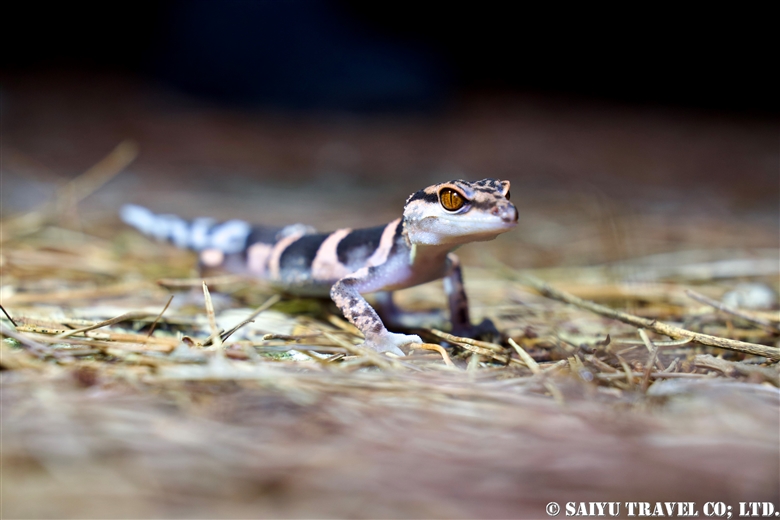
We embarked on a herping expedition in rainy-season Okinawa. The main objective was to search for three species of ground geckos (Goniurosaurus sp.) in three locations: Yanbaru National Park on northern Okinawa Main Island, southern Okinawa Main Island, and Iheya Island.
The first destination was the southern part of Okinawa Main Island. This area is characterized by a landscape dominated by uplifted limestone formations from ancient coral reefs. It’s a significant spot where the Japanese ground gecko (Goniurosaurus kuroiwae) can be photographed against a backdrop of limestone.
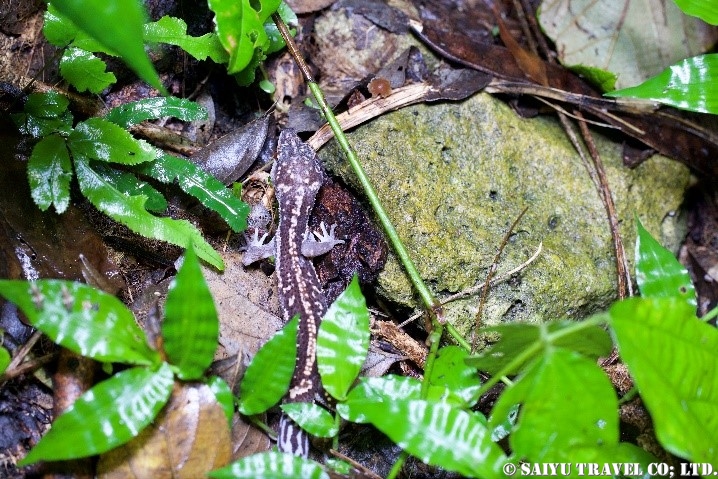
Blessed with favorable weather, we observed over 20 specimens. The Japanese ground gecko is distinguished by a continuous pattern running from the neck to the tail, against its back.
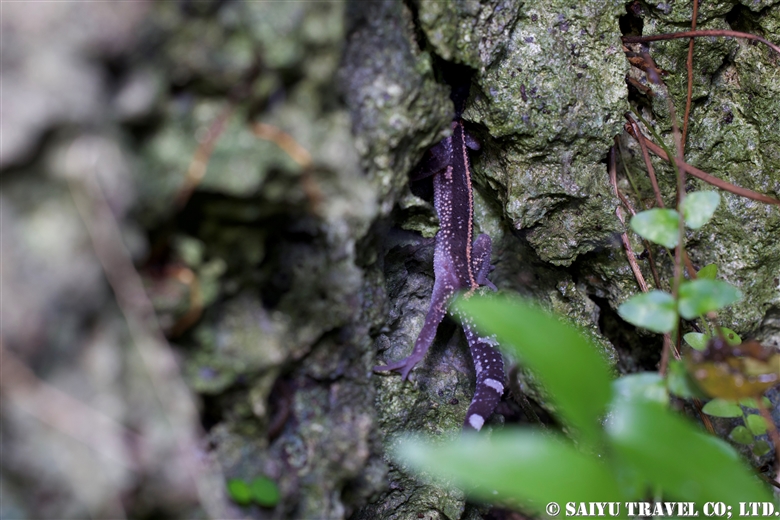
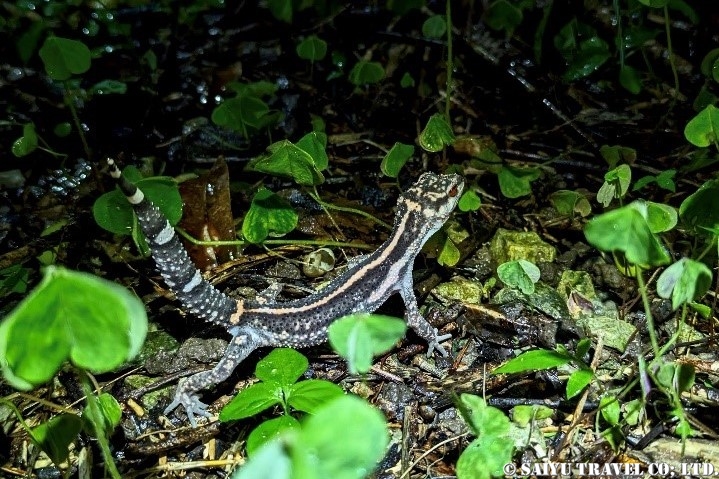
On the second day, we traveled to Iheya Island, the northernmost island in Okinawa Prefecture. I set out in search of the most challenging to observe among Japanese ground geckos, the Iheya ground gecko (Goniurosaurus toyamai).
Upon arrival by ferry, we were greeted by the island’s beautiful sea and its sole taxi service, Habu Taxi (Habu being a species of viper), for our journey.
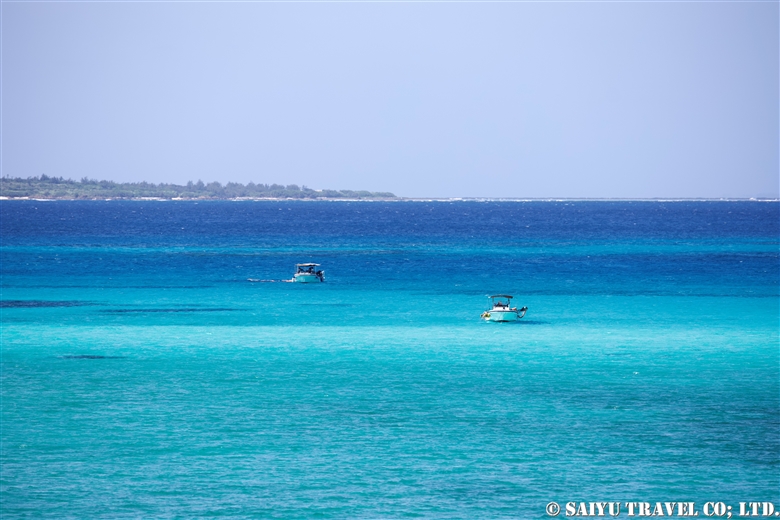
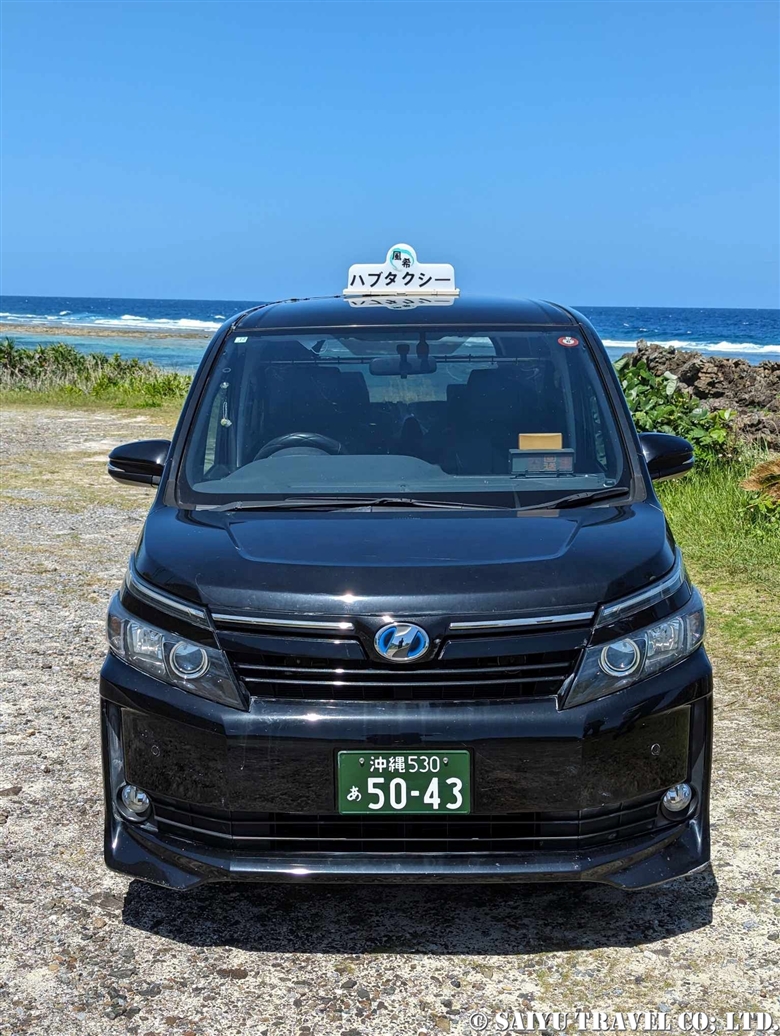
Shortly after dusk, the elusive Iheya ground gecko appeared. Its distinct band pattern and light pinkish body coloration were remarkable. It was a large (equivalent to the length of the palm of one’s hand) and stunning specimen, particularly due to its intact tail—something which is rarely found in nature.
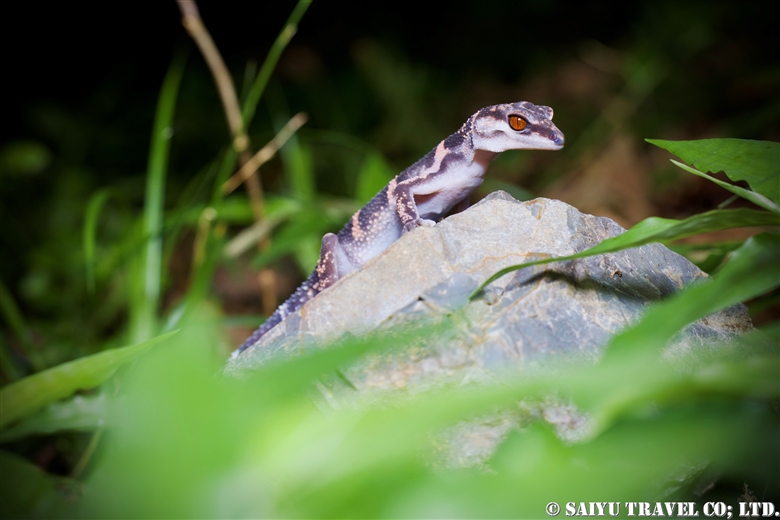
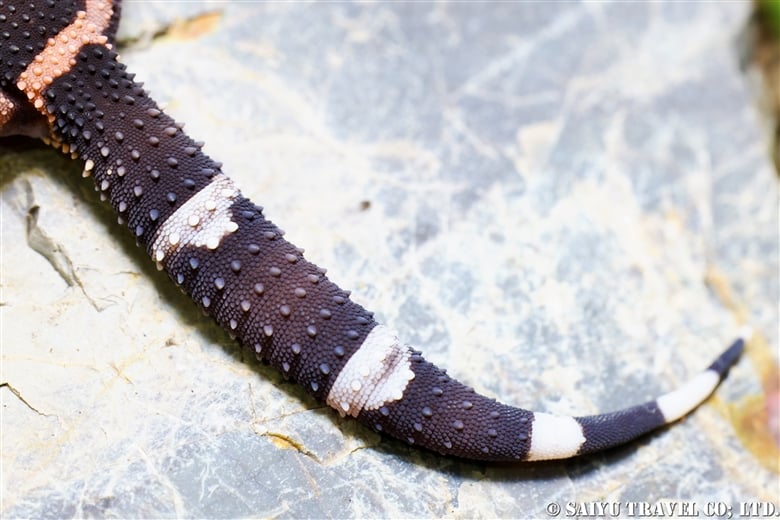
Subsequently, I successfully observed one of Okinawa’s rarest snakes, the Hai coral snake (Sinomicrurus japonicus boettgeri). Although there are no records of human bites to date, we had to be careful while observing these snakes because they are highly venomous members of the cobra family.
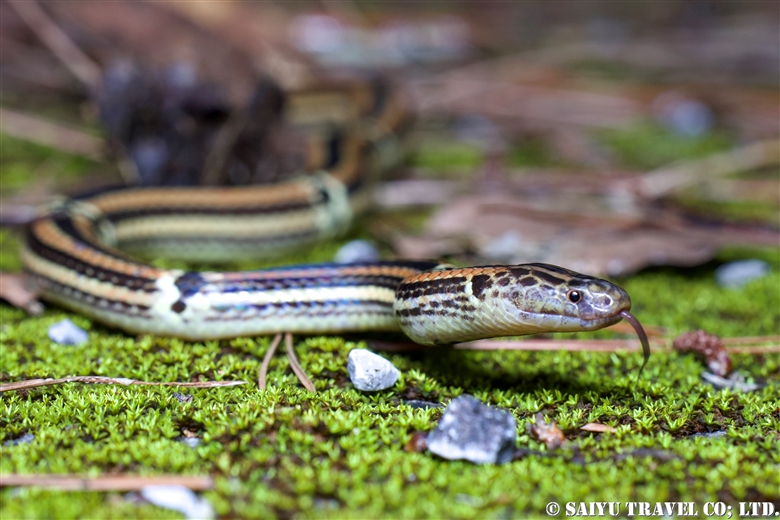
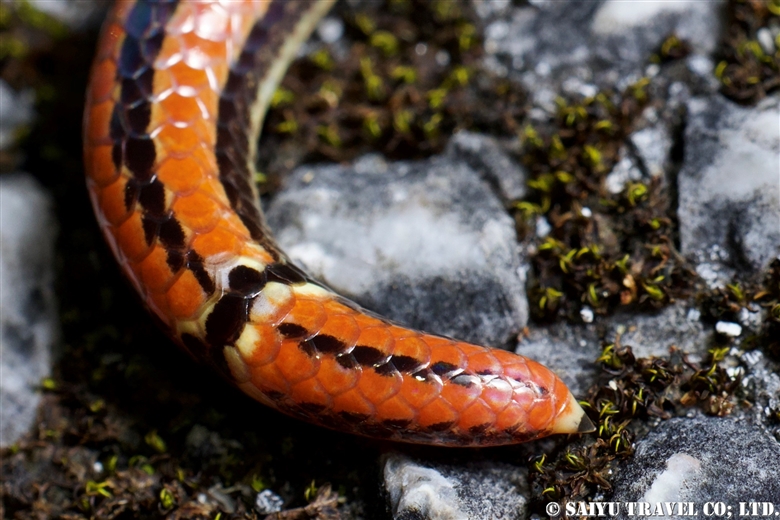
One of the most intriguing encounters was with the Ryukyu odd-tooth snake (Lycodon semicarinatus). I observed a total of three of them that day, noting their darker, more chic coloration compared to their counterparts on Okinawa Main Island. Typically, this species on Okinawa Main Island darkens as they grow larger, but the specimens on Iheya Island exhibited darker hues even at smaller sizes, hinting at possible new species awaiting discovery through further research on this less-visited island.
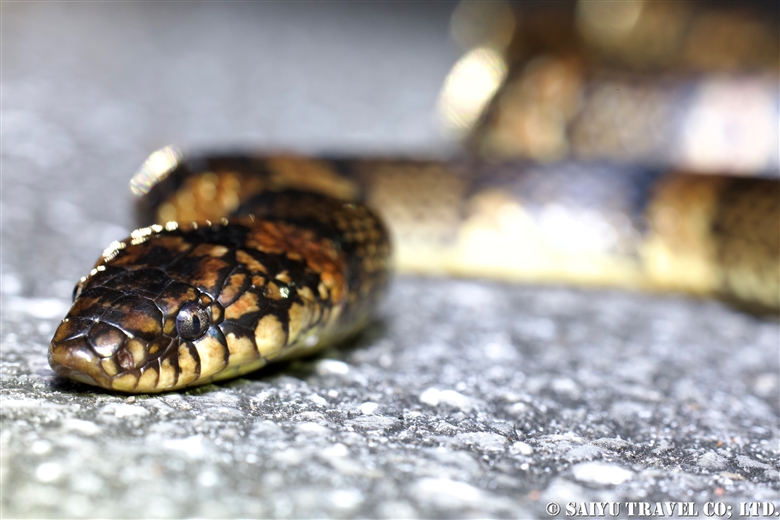
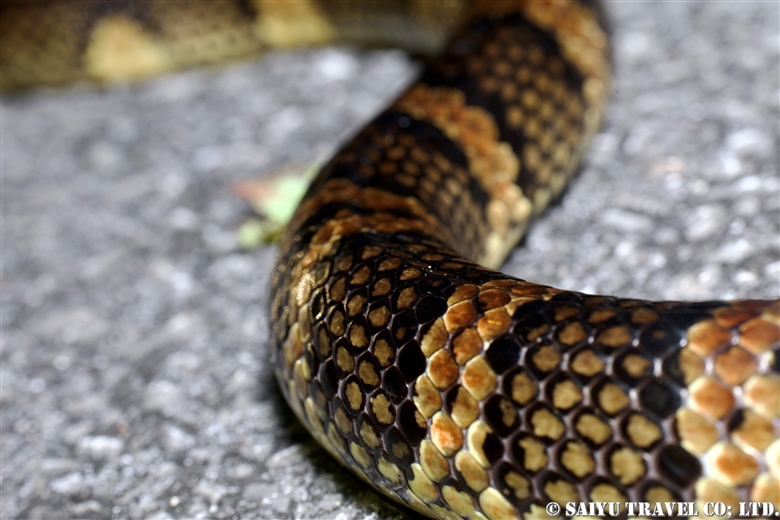
After encountering another Iheya ground gecko and successfully observing a habu the following morning, our Iheya herping adventure concluded with great satisfaction.
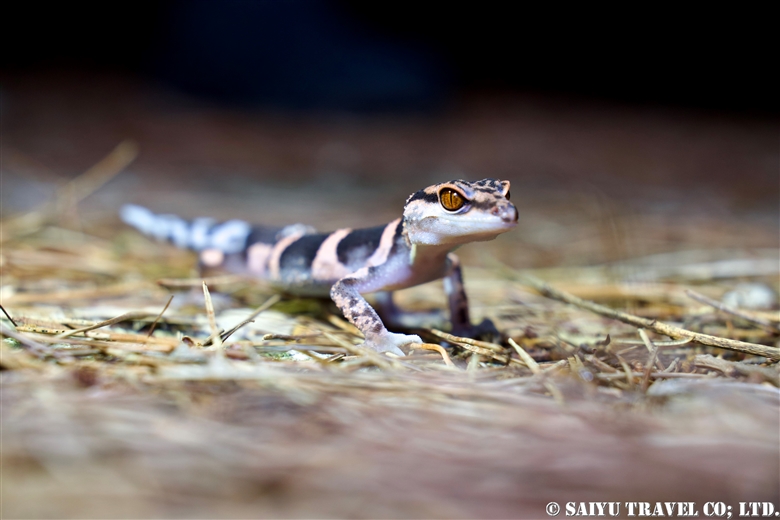
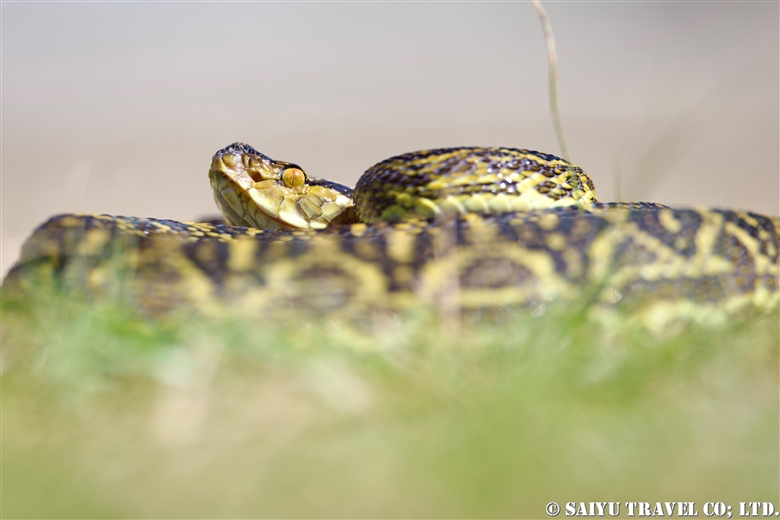
For the final day, we headed to Yanbaru National Park on northern Okinawa Main Island. Here, the primary goal was to observe the recently registered new species in 2024, the Yambaru ground gecko (Goniurosaurus nebulozonatus).
The Yambaru ground gecko is distinguished by interrupted dorsal patterns. Among the specimens observed, some showed patterns which were almost connected, clearly distinguishing them from the previously categorized Japanese ground geckos found on southern Okinawa Main Island.
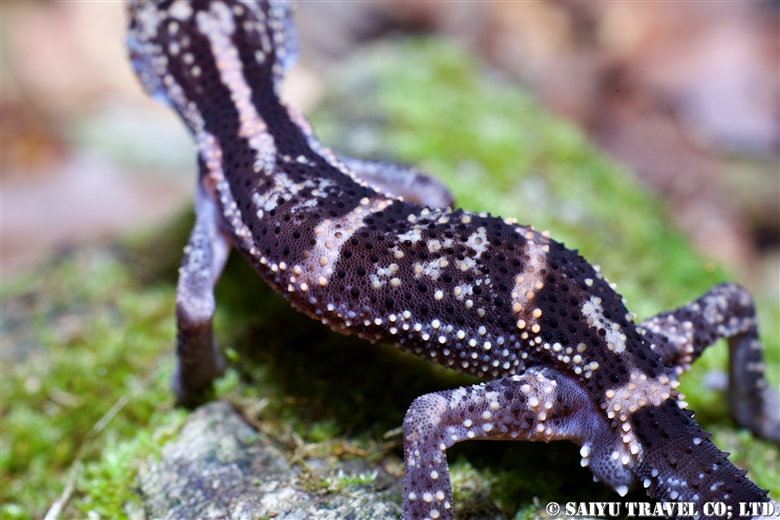
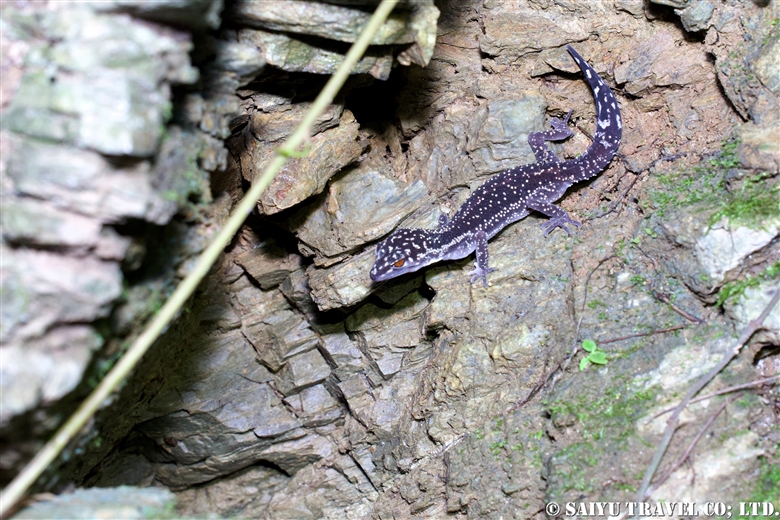
Herping in Yanbaru National Park is appealing not only due to the variety of creatures one can observe but also because of the richness of biodiversity. In addition to geckos, we successfully observed Ryukyu green snakes (Cycophiops semicarinatus), Anderson’s crocodile newt (Echinotriton andersoni), and Namiye’s frog (Limnonectes namiyei), culminating in a highly satisfying herping experience.
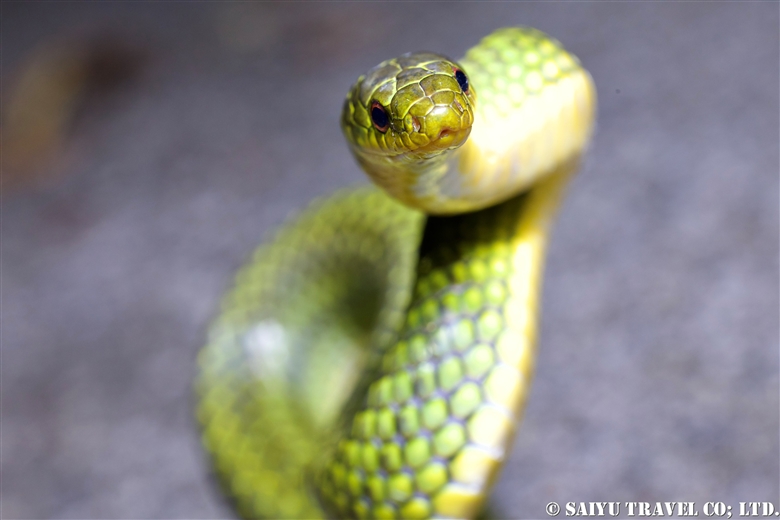
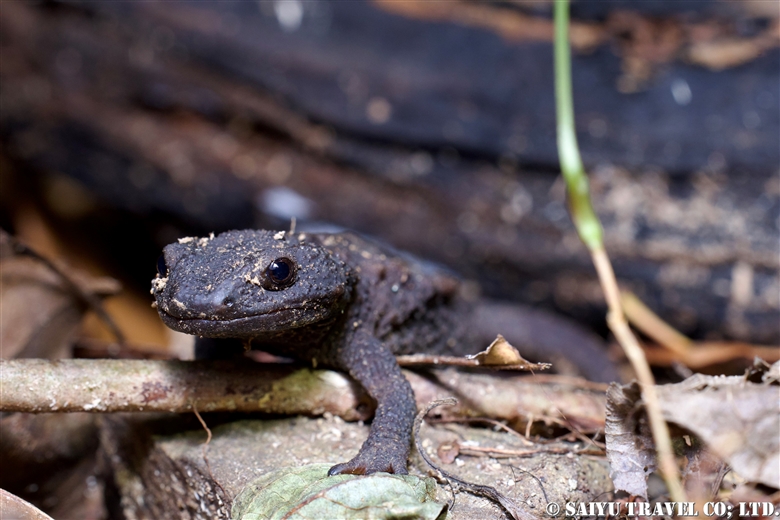
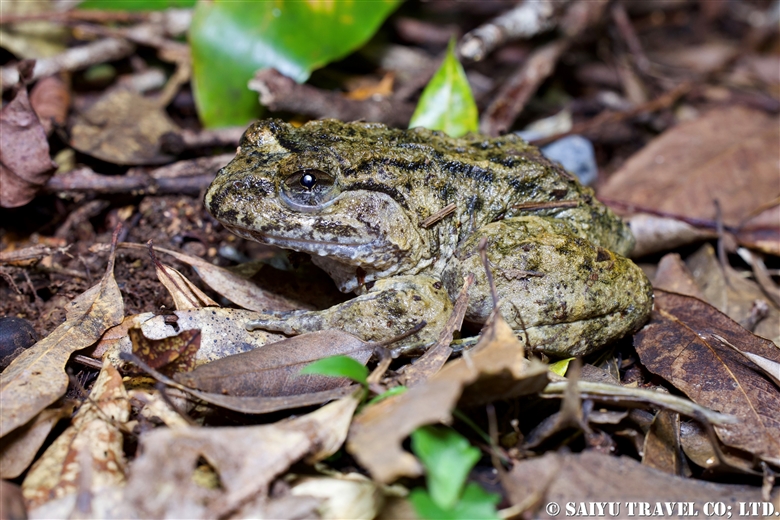
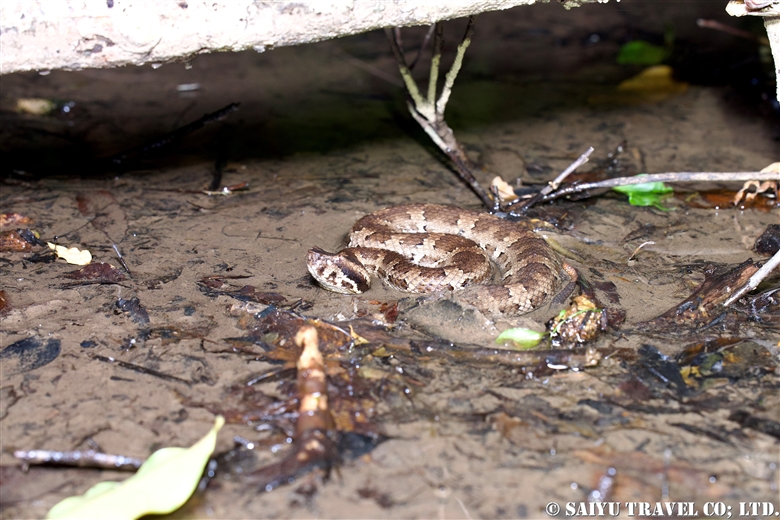
The Okinawa Islands are a hotspot for herps, each island harboring unique endemic species. I encourage every herper to venture out for a herping experience here.
Photo &Text : Wataru HIMENO
Observation : May 2024, Okinawa Islands
Photo & text : Wataru HIMENO( Instagram “Herping Tonight” )
Please contact us, Saiyu Travel Japan for Herping in Japan.
Please check our latest activity : Instagram, Facebook, Youtube



